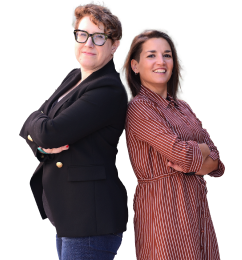Perspective
Countries Take Steps to Ban Fur Farming After COVID-19 Outbreaks
Massive outbreaks of COVID-19 led to the permanent closure of fur farms in the Netherlands, Poland, and France, but the U.S. has yet to take action.
Factory Farms•4 min read
